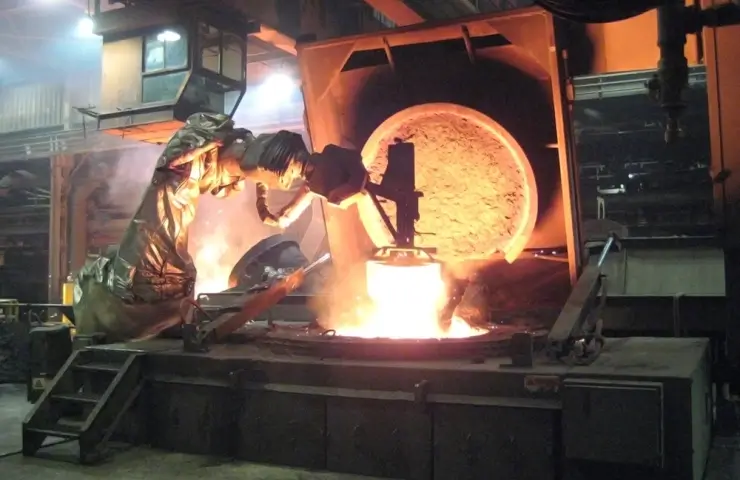Megatrends are powerful, enduring forces. While their impact may not be felt in the short term, over decades they are significantly changing the global social and economic landscape. Urbanization, technological advancement and climate change are typical examples of the megatrends that are expected to shape the future of the global steel industry.
In February 2021, Worldsteel established the Megatrend Review Panel to better understand megatrends and how how they are expected to shape the global socio-economic landscape and the future of the global steel industry.
Trends
Experts reviewed the dynamics of five megatrends in the steel industry:
- Demography and social change, especially the ongoing population growth, population aging and the expansion of the global middle class.
- Urbanization, a process that transformed the world for centuries, continues to be important. In the mid-2010s, the share of the world's urban population exceeded 50% for the first time in world history: cities have become the dominant force in the global economy.
- Environmental megatrends, especially with regard to climate change, and how the individual, corporate and government levels interact
- Geopolitics characterized mainly by slowing or even reversing global economic integration and power shifts from developed to developing countries.
- Technological advancement, which has always been a major transformative force in history and has become much more disruptive due to the levels reached in connectivity and the ability to store and process data.
Conclusions
Industry analysts have come to the conclusion that not only steel producers, but also their customers are undergoing an accelerated transformation, which means that the steel industry must be ready for fundamental changes in the requirements for design and materials of metal-containing products in the future. For this reason, the global steel industry should:
- Explore the potential impact of megatrends on steel consumer design and material requirements and steel competitiveness.
- Continue to invest in new product development , processes and solutions that address the key challenges faced by steel users.
- Invest in developing the necessary data and tools to advance the sustainable potential of steel products
- Focus on using life cycle assessment as a a strategic tool to demonstrate best-in-class environmental performance of steel.
- Strengthen partnerships with steel users as a solution provider
- Explore partnerships with competing material supplier industries to introduce more efficient multi-component solutions that better meet the changing demands of steel users.
- Connect with new players and demonstrate the tangible benefits of steel in meeting their key challenges.
Climate change and the role of steel in both its promotion and mitigation in many other sectors are key policy imperatives. The global steel industry should focus on making steel the most important material decarburizer lever for all sectors using steel.
To this end, the steel industry will need to combine the inherent superior qualities of steel such as durability, flexibility, recyclability , reusability, cost and volume, with a reasonable decarburization path.
Steelmakers should also be prepared for the rapid growth in demand for mild steel, as steel-using sectors are expected to show rapid progress in decarburizing their operations and use phase of their products and will increasingly focus on reducing the carbon content of their products from the end of the 2020s.
By the end of the 2020s, the world will move towards circularity as data is collected about material flow and understanding, and social and regulatory pressure for circularity will intensify. The global steel industry should keep a close eye on emerging circularity initiatives, and strive to ensure that steel is at the heart of emerging circularity ecosystems.
The COVID-19 pandemic has given a strong impetus to the megatrend of technological progress, and Worldsteel expect the digital transformation of steel value chains to continue to accelerate in the future. Thus, steelmakers need to develop and implement the right digital transformation strategies, gradually expand





